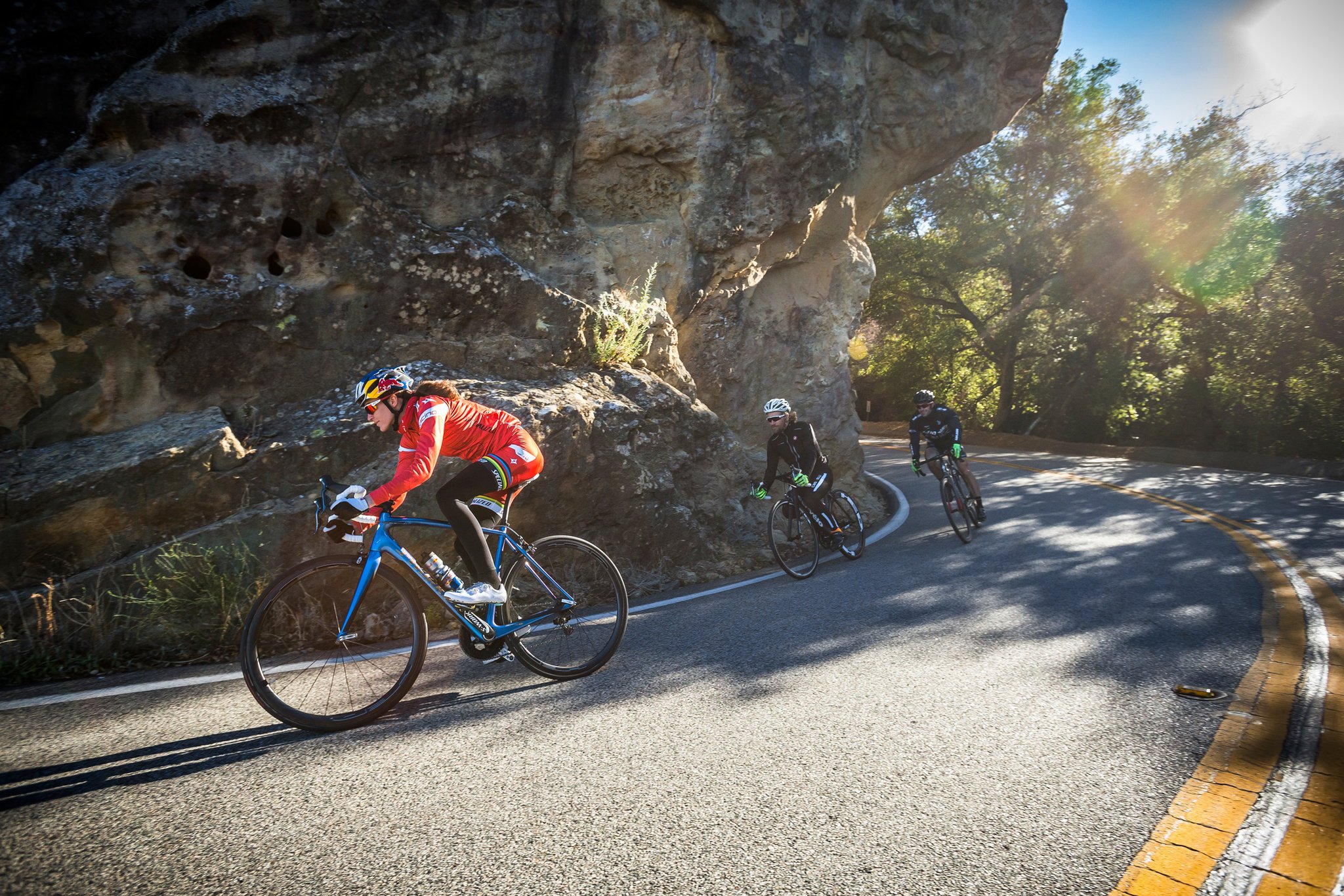Bringing in the Experts
This is a question about the fundamental nature of motion. How might we get our answer? Assume we could resurrect two of the great historical figures on the subject, and place them on a curb next to us as we watch a cyclist coast to a stop. How might they explain what we were observing, assuming everyone speaks Greek?
Aristotle’s Answer

Aristotle’s principle of motion was the natural state of the object was to be at rest, and it only moved because something was making it. Once that impetus was removed, the object would return to its rest state. He would wait until the cyclist stopped and turn to us and say, “I was right!”
Newton’s Answer

Newton would then turn to Aristotle and say “No you’re not.” The cycle slowed down because of rolling resistance and aerodynamic drag. If these were not present, the cycle would have kept on rolling forever.
Newtonian Inertia
Aristotle and Newton might debate their differing viewpoints as to the natural state of motion of objects, but we know Newton’s held sway because of its ability to explain motions such as planetary orbits that Aristotle’s could not.
Newton said an object’s motion was characterized by a property of all massive objects called inertia, which is a resistance to any change in its current state of motion. An object at rest stays at rest, and an object in motion stays in motion. For either of these to change, forces must be pushing or pulling on it.
Unlike mass which stays the same, the “amount” of inertia an object possesses changes to reflect the current motion. Newton quantified the “amount” as momentum equal to (mass * velocity). The greater the mass and/or the greater the velocity, the greater the inertial momentum.
How our inertial state varies as we ride
During a ride, we are continually changing the cycle’s current inertial state. Newton would observe this was the result of the constant dance between pedaling and the external forces acting on us. When the cyclist stops pedaling, Newton would say our current inertial state will continue to change, but that it is the external forces, not the cyclist, determining the motion.
Why am I able to coast?
We have our answer. What is moving the bike when we are not pedaling, is the bike itself, and its natural tendency to maintain its current inertial state of motion. The fact that we cannot coast forever is not the fault of the bike but of the external forces working against it that we are not countering by pedaling.

Coasting is not the only way a cycle moves without pedaling. The other is making descents. Descents differ from coasting in that during the descent, not only do you have the cycle inertia, but you also have a much stronger force, gravity, acting on the cycle.
Both coasting and descending are described using another object property called cycle energy. Pedaling in excess of countering resistive forces stores energy in the cycle via motion or elevation change. This will be a subject of a future blog. But for now, just note the key role inertial motion plays in making cycling what it is.
